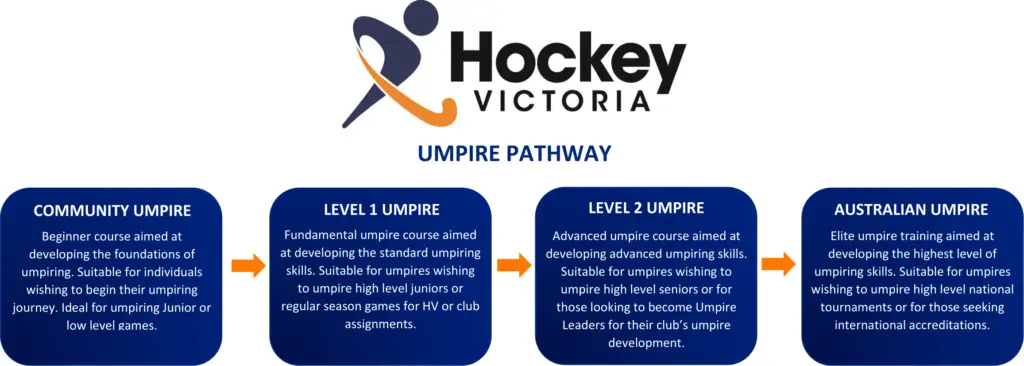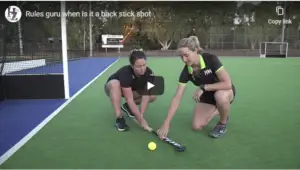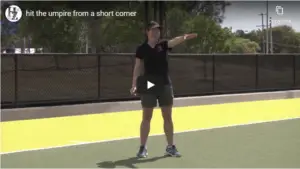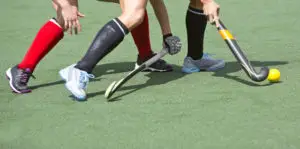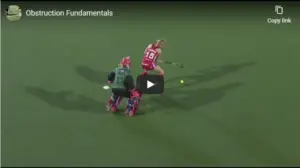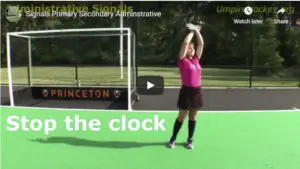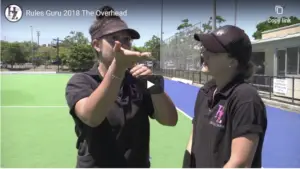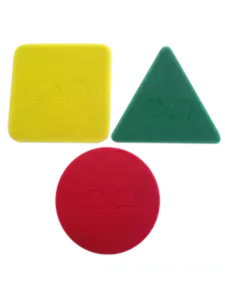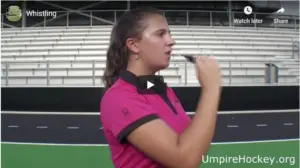Umpires
Backhand shots
What to look for with a backhand shot to determine if it is leading edge or illegally played with the back of the stick. The angle of the hook: if low to the ground it means a lot of the ‘back of the stick’ is exposed bit if the hook is slightly raised the ball …
Body obstruction
In this segment we cover body and third party obstruction. A player must not obstruct an opponent attempting to play the ball. Players obstruct if they back into an opponent, physically interfere with the body or shield with any part of their body. A third party who runs in front of or blocks an opponent …
HockeyEd
The Community Umpire program is directed towards the needs of players, parents, teachers and other new umpires who are involved in Hookin2Hockey, modified versions of the game or lower level club hockey. There are no minimum requirements to obtain your Community Umpire Accreditation; it is an enjoyable and straightforward training program. You should be willing …
Stick obstruction
Obstruction is any active movement to prevent playing of the ball and this includes a stick or a body including a third person obstruction. This segment will focus on stick obstructions. If the player plays the ball or the ball moves outside the players area of control it NOT stick obstruction if after this has …
The overhead
What happens if the player decides to throw an overhead? When the ball goes up: the player needs to ensure that the person from the opposite team is at a safe distance (5 metres and not directly in line with the ball). When the ball comes down: The ball is landing where two players are …
The umpires tools
Today we explain how the umpires communicate on the field with the players. For example, a soft whistle for a basic infringement allows the players to play on (after stopping the ball) but a loud whistle does not.

